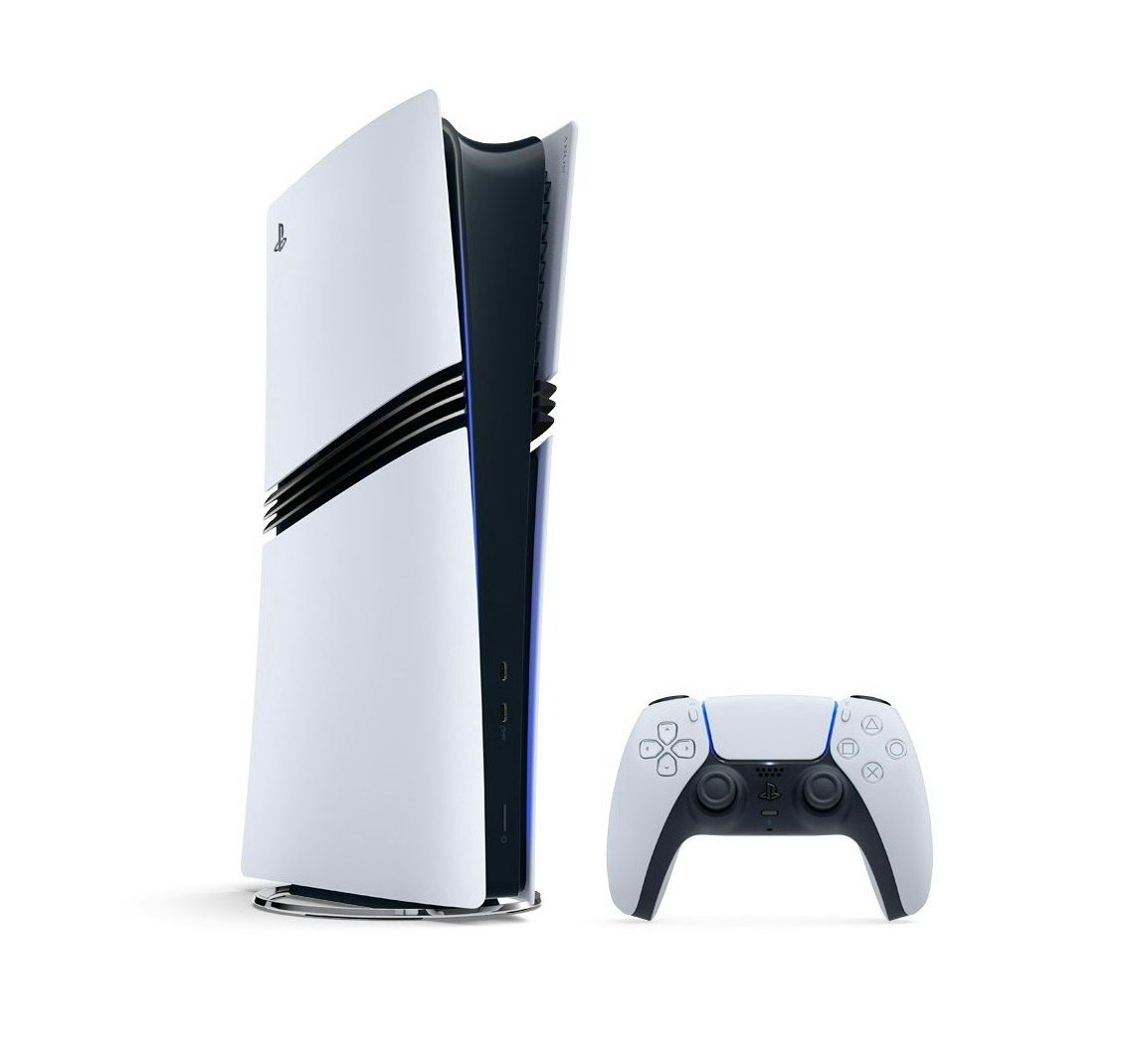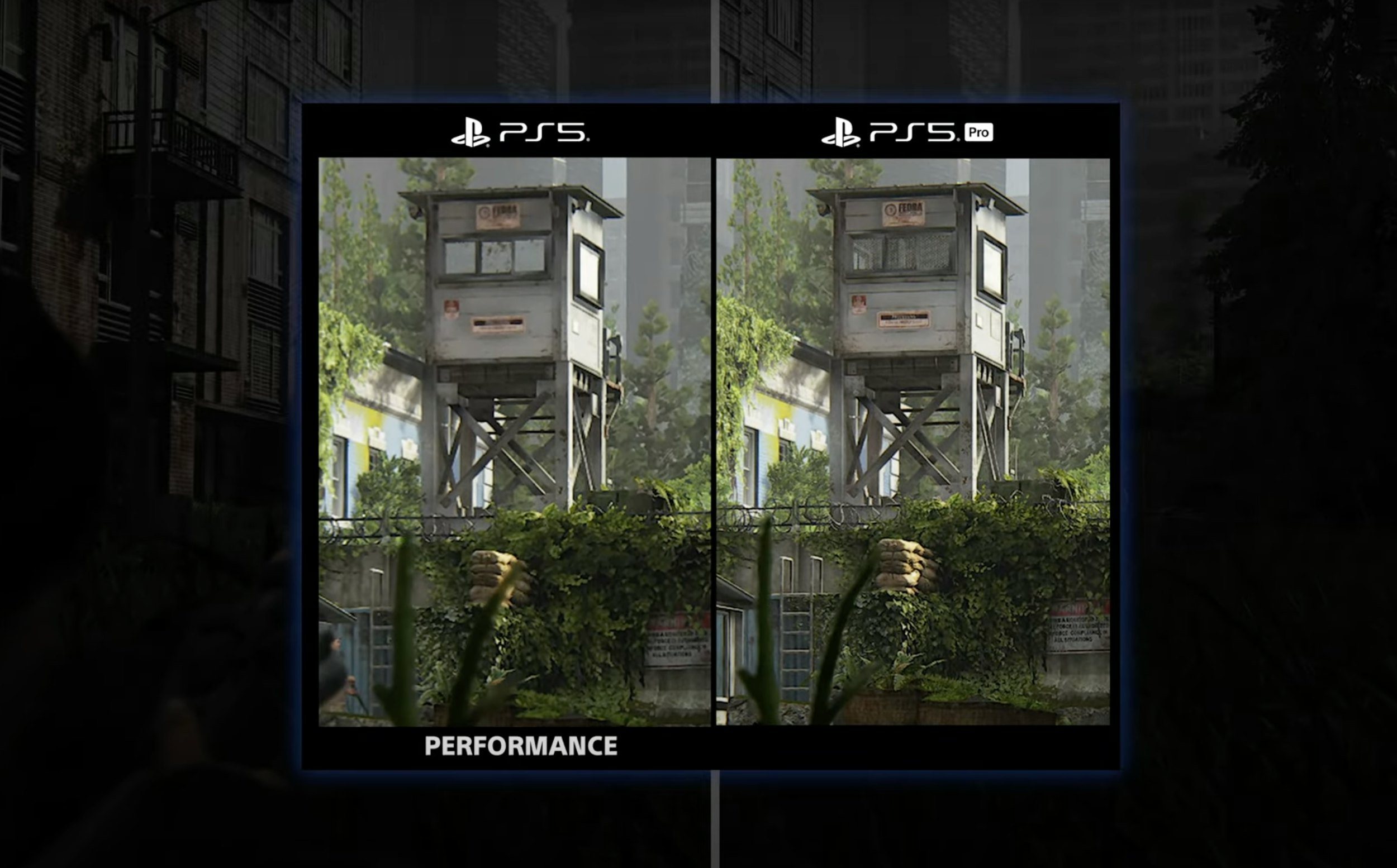
It’s already been an underwhelming few years for current console owners. Most games feel like they could have been made with hardware from ten years ago. The success of legacy live services is steering many great developers wrong in their pursuit of similar gains. And the industry’s leading companies seem hell-bent on breaking up some of our most talented teams before they can really get cooking with these $500 machines.
So when Sony’s lead architect Mark Cerny revealed the PlayStation 5 Pro Tuesday in an underwhelming 9-minute presentation, I couldn’t help but feel insane. Never in my 25 years of gaming have I been this close to considering a total switch to PC gaming. Because in many ways, PC gaming feels like the last helicopter out of the current mess that is being a console owner.
The PS5 Pro is the mid-generation console refresh no one’s been asking for. It’s a $700 upgrade for a console that developers have barely started taking advantage of. It’s completely digital, meaning those who want to play disc-based games must fork over another $80 to do so. And the improvements showcased were incremental and mostly exist to live up to promises made when the original PS5 dropped four years ago. And that’s before considering whether you have the $2,000 television that will let these changes be perceptible in the first place.
While console redesigns have been around for decades, refreshes like the PS2 Slim or the DS Lite were typically accompanied by price cuts, stamping a new phase in the hardware’s life span. But after the moderate success of both the PS4 Pro and Xbox One X, it seems like console manufacturers have taken a liking to Apple-style incremental updates to actual hardware within.
On some level, I believe that’s totally their prerogative. If developers want more power and there’s an audience willing to buy into these kinds of upgrades: go for it.
However, the rollout explaining why the PS5 Pro exists showed little regard for how the rest of the customer base would perceive it. The PS5 Pro feels like a cynical piece of hardware aimed squarely at upselling the most diehard fans looking to squeeze the most out of their gaming experience regardless of the cost. And its existence doesn’t even trickle down and benefit those who’ve waited to make the jump from PS4 to the base PS5.

Streaming compression has never been good for showcasing improvements in 4K gaming, and Tuesday was no different. I’m willing to give Sony the benefit of the doubt and say that the Pro’s upgrades can probably deliver graphical improvements over its predecessor. Gran Turismo 7 with real-time reflections was a great, tangible showcase for this upgrade. Zooming in on laughably negligible background scenery from four-year-old games, as most of the 9-minute presentation did, was not.
Hell, the first bit of gameplay we saw of this $700 upgrade was of a PlayStation 4 game running just as smoothly as it does on the base PS5. The Last Of Us Part 2 on PS5 Pro was an unintentional reminder of the wizardry Naughty Dog pulled off on 11-year-old hardware the same year the PS5 dropped.
Sony promised PS5 games and 8,500 backward-compatible PS4 games “may” see improvements on the Pro. But “may” is a pretty wild caveat for $700, especially when backward compatibility is still a crap shoot on PlayStation consoles. The PS5 Pro is also launching with scant new showcases for what this thing can do. Do you mean to tell me Assassin’s Creed Shadows is the one Fall 2024 game that will justify this purchase?

I’ve long stayed away from PC gaming. The idea of building my own rig with extremely expensive parts that have to be replaced every few years has never appealed to me. Sure, the performance gains are neat. But I’ve always been willing to trade graphical fidelity for the peace of mind of knowing my games will just work when I buy them.
But at this rate, what’s the point of sticking with consoles? Microsoft hasn’t figured out a coherent, sensible plan for what this generation looks like for its console. Meanwhile, PlayStation is upselling me on a minor upgrade that costs about the price of a considerable PC upgrade. And while the Pro is meant to bridge the gap between performance modes and fidelity modes seen in most games, I lament the kerfuffle that comes out of developers that now have to ensure games run on the Series S, and the PS5 Pro, and everything in between.
In today’s gaming landscape, a pre-built PC is not only an option, but fairly affordable when I begrudgingly consider all the advantages. Digital storefronts like Steam are constantly providing sales on its 20-year-old library. Both the Epic Games Store and Amazon give away hundreds of dollars worth of games for free. Neither of these services requires a monthly subscription for basic functionality like online play and to retain access to the free games they give away. And if you care, yes, just about every game will look better too, including the PlayStation exclusives that debut a few years after their console releases.

A nearly $700 console is an irresponsible expenditure when, by Sony’s own admission, the PS6 is closer than we think. Speaking of which: if the PS5 Pro is this pricey, what the hell is the PS6 going to cost?
Ignoring the PS5 Pro is an option. And it's what I (and many others by the looks of social media) intend to do. But my issue is less with Sony releasing a niche piece of hardware for the two percent of gamers throwing fits over reflective puddles in Spider-Man. I’m more perturbed by Sony losing the plot on what makes the market it’s in so appealing. After four years, every passing month is making PC gaming, with all of its complications and shortcomings, look like the obvious platform to invest in when it comes to this hobby of ours.
If the PS5 Pro represents the future of console gaming, I’ll happily buy the next ticket out of this hellscape before things get more insane than what we’re currently being presented.







